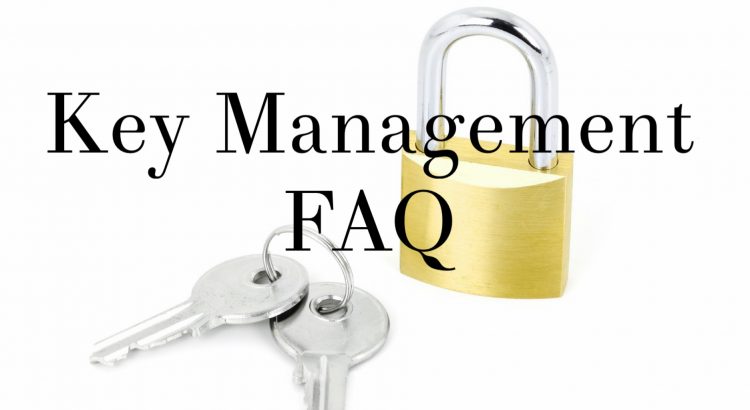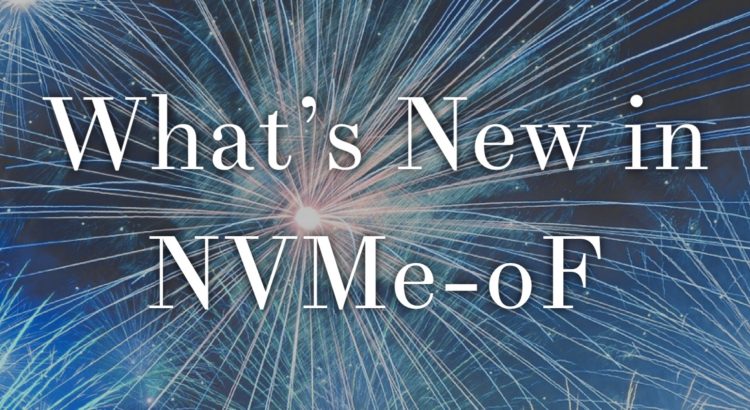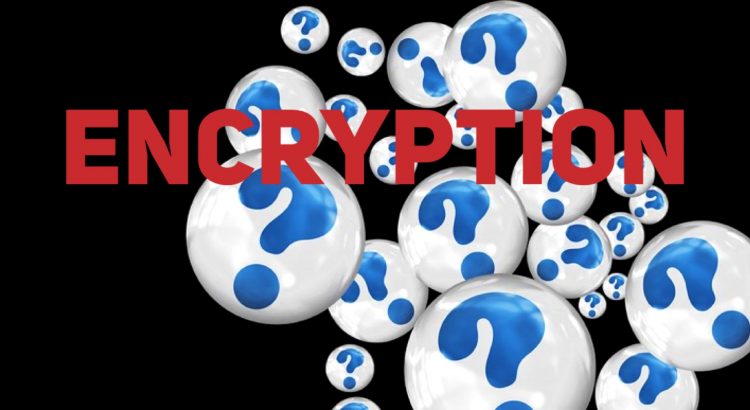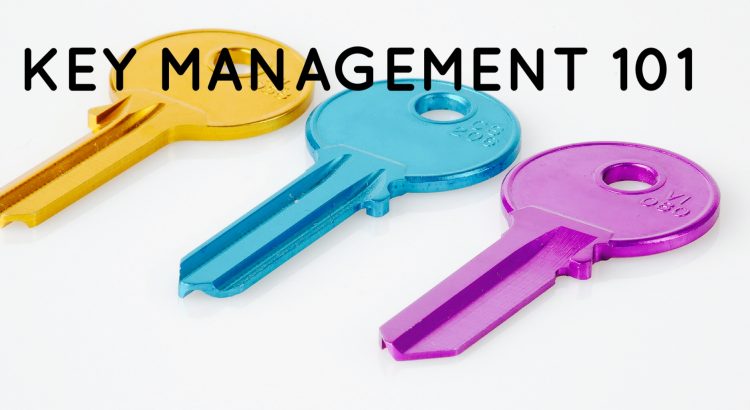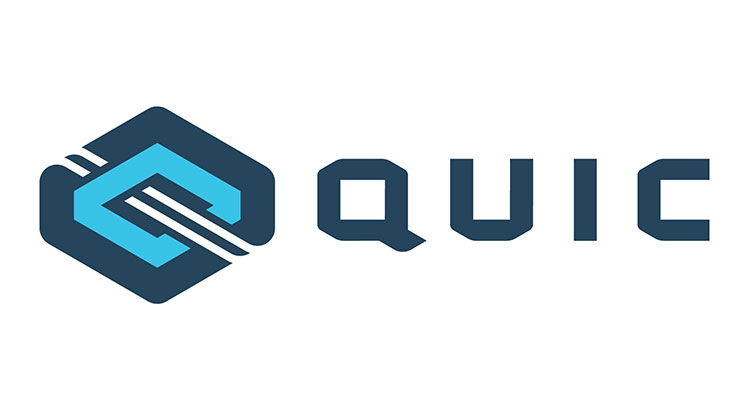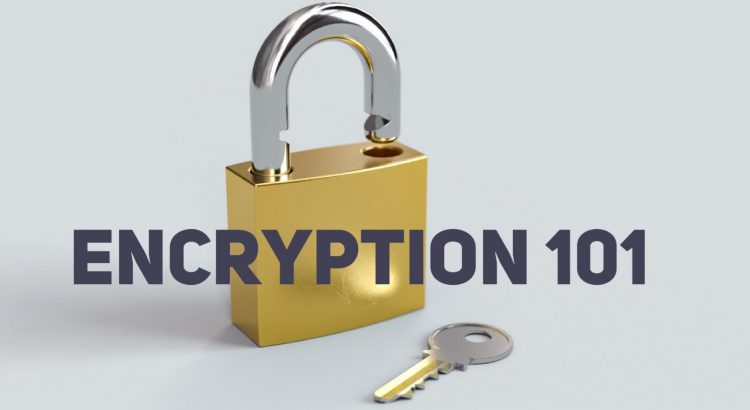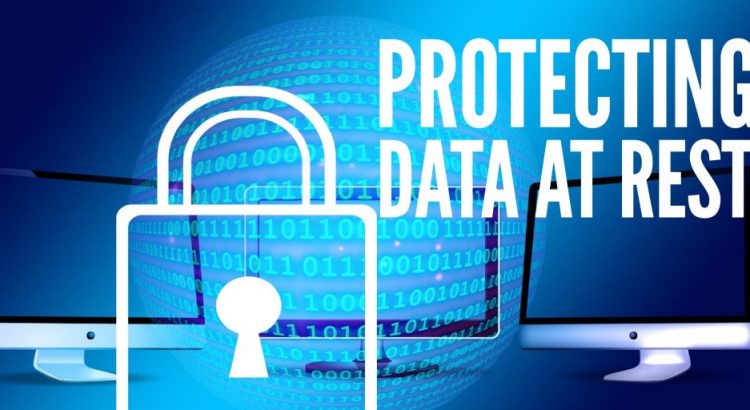Key management focuses on protecting cryptographic keys from threats and ensuring keys are available when needed. And it’s no small task. That why the SNIA Networking Storage Forum (NSF) invited key management and encryption expert, Judy Furlong, to present a “Key Management 101” session as part our Storage Networking Security Webcast Series. If you missed the live webcast, I encourage you to watch it on-demand as it was highly-rated by attendees. Judy answered many key management questions during the live event, here are answers to those, as well as the ones we did not have time to get to.
Q. How are the keys kept safe in local cache?
Read More